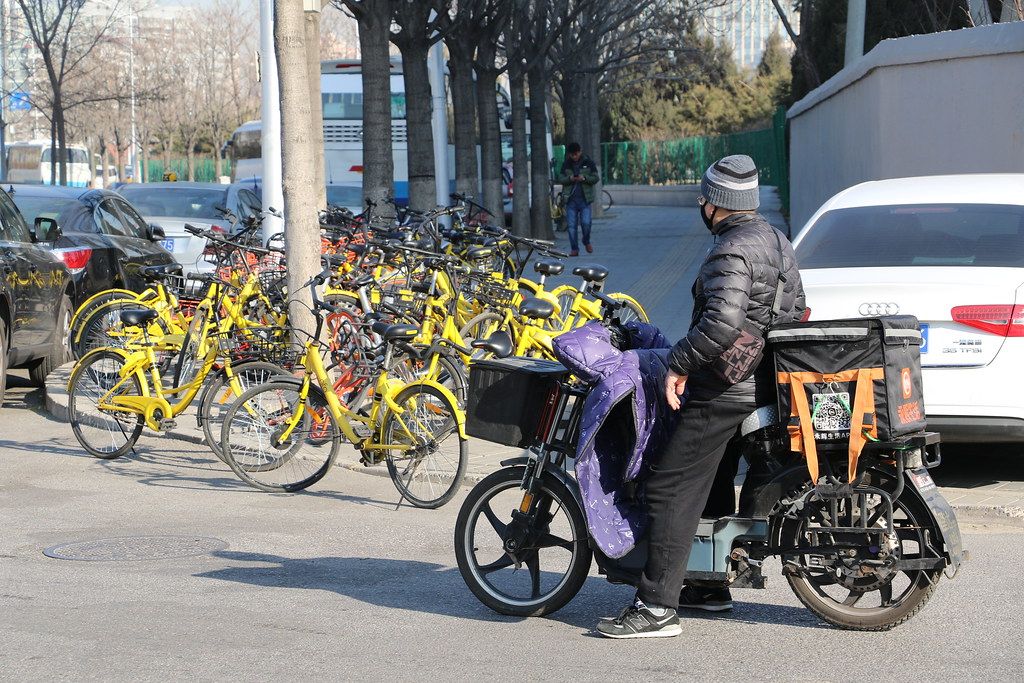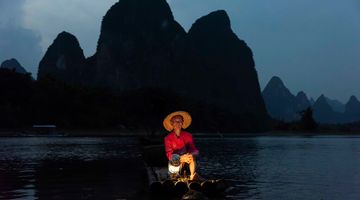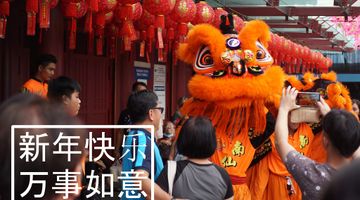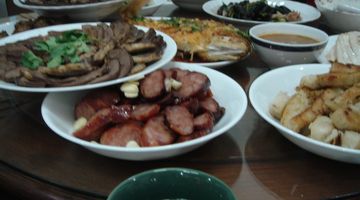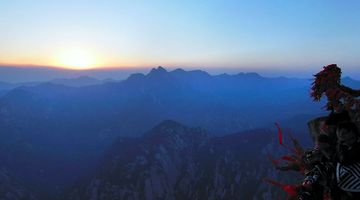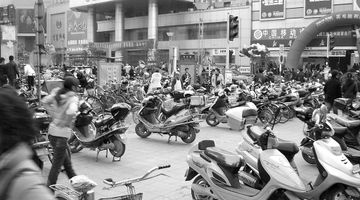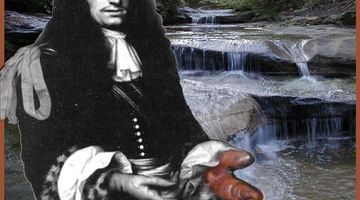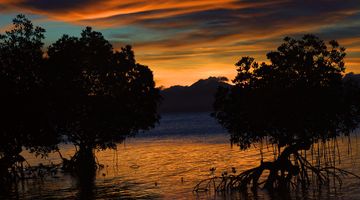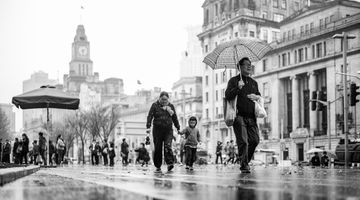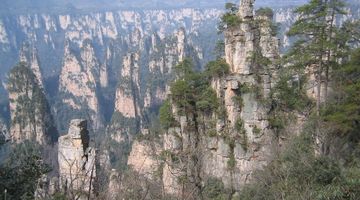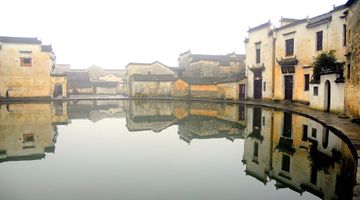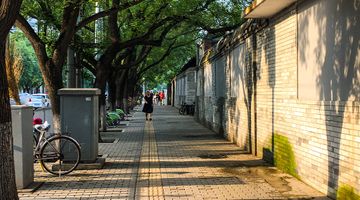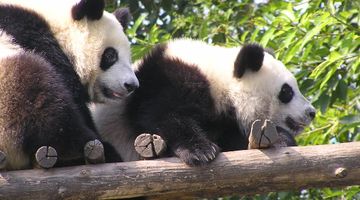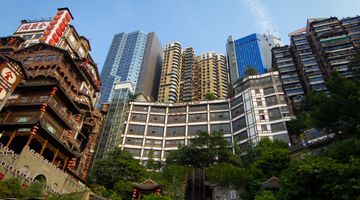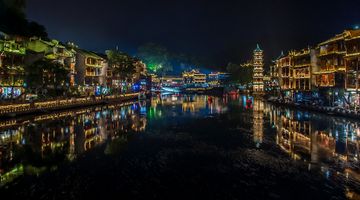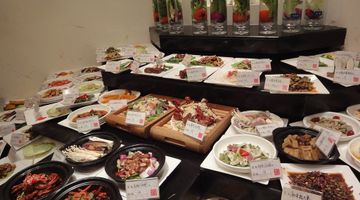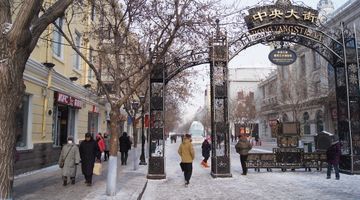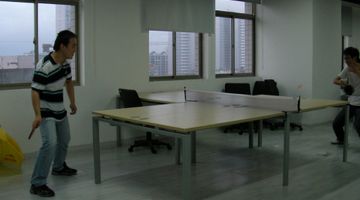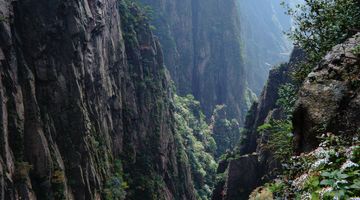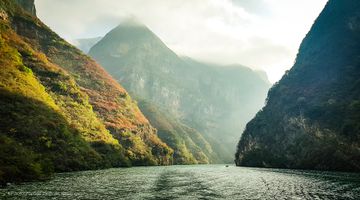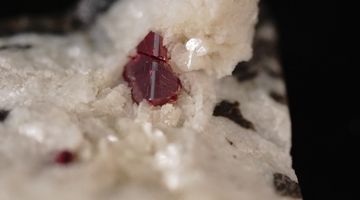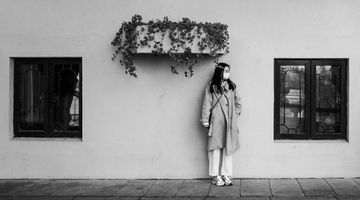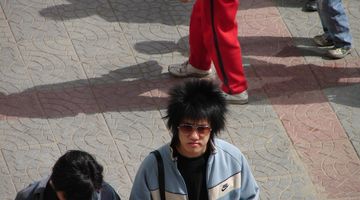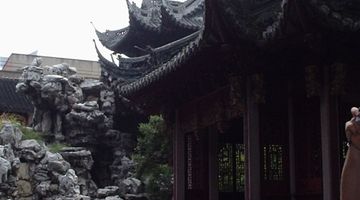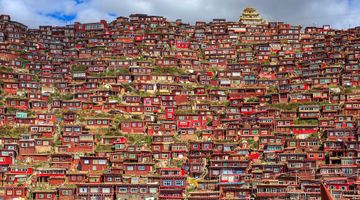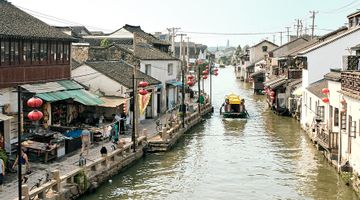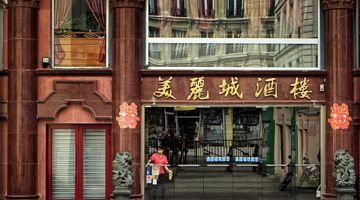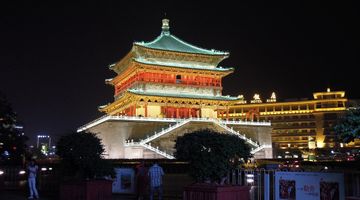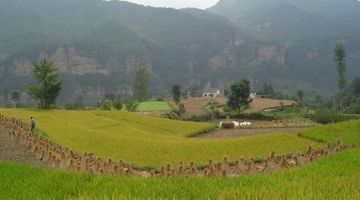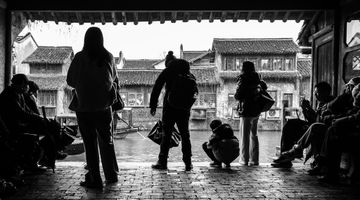Beijing China – Top-10 Tourist Attractions Not to Miss
Beijing has so much to offer for tourists, it is the cultural, political and historical centre of China with over 3000 years of history. It is one of the six ancient cities of China and one of four ancient capitals. Visitors to Beijing will be amazed at the number of attractions there are to do in and around the city. I have compiled a list of the top ten tourist attractions in Beijing but there are many more besides these ten attractions
1. Great Wall of China
There are seven sections of the Great Wall close to Beijing that are open to the public all are within 2 hours drive of the city. The most visited section is Badaling, it is also the section of the Great Wall most likely to shown in magazines, books and guide books. On national holidays Badaling can be very crowded; at these times it is best to visit either Mutianyu or Juyongguan.
There are a number of ways to get to the Great Wall from Beijing. Most hotels and hostels arrange trips but these give you limited time at the wall and want to take you to jade factory outlets where the guide gets a commission off any sales. The cost for these tours is about CNY600 per person.
There are several tour operators around Beijing but rather than book a tour, hire a car for the day and go directly to the wall. This is actually cheaper than a tour if there are two or more people as the car will cost around CNY1000.
You can take the S2 train to Badaling the cost is CNY6 each way, sit on the left hand side of the train if you can for the best views as you approach the wall. Bus number 877 goes to Badaling, do not get on the first buses you see with the number 877, walk around the corner as these are the official buses. There is a long line of people waiting to get on but as soon as a bus is full it leaves then the next is filled.
2. Forbidden City
The Forbidden City or the Palace Museum is in the centre of Beijing to the north of Tiananmen Square. It was the imperial palace for 24 emperors from 1368 until 1911. It was forbidden for anyone to enter without the permission of the emperor, hence its name. it is the world’s largest palace complex with more than 8700 rooms. The distance between the north gate and the south gate is 961 metres, while east to west is 753 metres.
To get to the Forbidden City you can take subway line 1 to Tiananmen East Station or on line 2 you should exit at Qianmen Station and walk through Tiananmen Square. There are several bus routes that pass the entrance to this attraction. It costs CNY60 from April until October, the rest of the year it is CNY40. It is closed on Mondays.
3. Tiananmen Square
Tiananmen Square is in the centre of Beijing and across Chang’an Avenue from the Forbidden City. You have to use underpasses and go through a security check before you can enter the square. It is free to enter and visited by thousands of people every day. Once in the square you can visit the Tiananmen Tower, there is a CNY15 entry for this attraction. The Great Hall of the People, the Monument to the People’s Heroes, the flag raising ceremony which happens at dawn so you have to be up early for that and many are.
One of the highlights of a visit to Beijing for many Chinese people and one of the places to visit is the Mao Zedong Memorial Hall. It is an interesting place to visit, it is only open in the morning and thousands of people file past his body every day. It takes over an hour to wait in line, you are not allowed to take cameras inside, and everyone is searched before entering. The thing we found amusing was the camera ban is not effective as people take out their phone and take pictures anyway. To get to the square use the same information as for the Forbidden City.
4. Summer Palace
The Summer Palace is located 15km from the city centre in Haidian District in the northwest of Beijing. It is the largest and best preserved royal park in China and has existed since 1750 when it began as a royal garden for members of the royal family to rest and entertain their visitors in luxurious surroundings. It was destroyed during an assault by Anglo-French forces and later reconstructed in 1888. The Empress Dowager Cixi embezzled funds set out for the navy to reconstruct the gardens as a resort. It was destroyed again in 1900 and rebuilt once again 2 years later. It was opened to the public in 1924. It is divided into four areas the Court Area, the Front and Rear Area of Longevity Hill, and the Kunming Lake Area.
Several bus routes serve the Summer Palace although it is much easier to reach by subway. Line 4 to Beigongmen then a three minute walk to the north gate is the easiest of several routes. You can buy an entrance ticket for CNY30, and then separate tickets for some individual attractions although my advice is to pay for the combo ticket, it costs CNY60 but then you can go to all areas at no extra cost. It is open from 6.30am until 6pm although some of the must see attractions do not open until 8am.
5. Yonghe Temple
There are several must see attractions in Beijing among them several temples. The Yonghe Temple is also known as the Harmony and Peace Palace Lamasery, the Yonghe Lamasery or the Yonghe Lama Temple. It is located in the north east of Beijing and it is considered to be the largest and best preserved lamasery in China. It was built during the Qing dynasty in 1694, and was the residence of Emperor Yongzheng during his time as a prince. In 1744 the status of the building was officially changed to that of a lamasery and it then became China’s national centre for the Lama administration.
The entrance fee is CNY25 it is open from 9am until 4.30pm and you should allow 1-2 hours for a visit. Several bus routes operate to the temple although the easiest way to get there is on the subway, lines 2 and 5 to Yonghegong (Yonghe Temple) Station. Walk south from exit C for about 400 metres.
6. Beijing Zoo
Beijing Zoo is located in Xicheng district and was the first zoo in China with over 90 years of taking care of animals. It has a diverse collection of animals with around 450 different species among its population of around 5000 animals. The zoo is divided into 16 different areas or exhibition halls, with the Panda Hall being the most popular.
The Beijing Aquarium is highly recommended and is regarded as one of China’s top tourist attractions and is the world’s largest inland aquarium. Other interesting places within the zoo include the Song Jiaoren Memorial Tower. Song Jiaoren was one of the early leaders of the Kuomintang but was assassinated shortly after becoming the premier in 1913.
Take subway line 4 to Dongwuyuan (Zoo) Station, leave by exit B and the zoo entrance is just a short walk. The entrance fee can be a little confusing; it costs CNY15 to enter the zoo, but CNY19 if you want to visit the Panda Hall. Tickets for the aquarium cost CNY150. To visit the aquarium you must still purchase an entrance ticket for the zoo. The zoo is open daily from 7.30am until 6pm.
7. Ming Tombs
The Ming Tombs are thirteen tombs of Emperors from the Ming dynasty located 50km northwest of Beijing. In 1409 Zhu Di the first emperor of the Ming dynasty had has mausoleum built at the foot of Tianshou Mountain, the succeeding twelve emperors all followed suit and were laid to rest in elaborate tombs close to the site of the original tomb. Only three tombs are open to the public Changling, Dingling and Zhaoling as well as the Sacred Way, this is the approach to the original tomb of Changling with several interesting artifacts along this beautiful walk.
You can take a combination of buses or subway and bus to reach the Ming Tombs but the easiest way is to hire a car, you could then combine a trip here with one to the Great Wall. There is a Ming Tombs subway station but it is 4km from the tombs and drivers waiting outside are renowned for overcharging. There is a combo ticket of CNY130 to visit all three tombs and the Sacred Way. Separately the Sacred Way costs CNY30, with the tombs ranging in price from CNY30 up to CNY60.
8. Temple of Heaven
The Temple of Heaven is located in the Chongwen district of Beijing and was originally the place where the Ming and Qing emperors held the Heaven Worship Ceremony. It was first built in 1420 and was twice extended or rebuilt before it was opened to the public in 1988. It shows ancient philosophy, religion as well as history. In addition to the buildings many local people visit here for the parks, there are more than 60,000 trees with the most famous one being the 500 year old grandfather tree. Locals visiting the park come here to run, cycle, and dance, play chess or fly kites. To visit the Temple of Heaven you can take one of several buses or the subway line 5 to Tiantan Dongmen Station and leave by exit A, there you will see the east gate to the park.
An entrance ticket to the park attractions costs CNY15, but if you are visiting the tourist attractions in the park a combo ticket will cost CNY34. It is open from 8am until 5pm and you can rent audio guides (available in several languages) for CNY40. The park itself remains open until 10pm.
9. Wangfujing Street
Beijing’s commercial streets are powerful indicators of its developing economy, there are several shopping streets in Beijing but Wangfujing is by far the most famous with modern fashion brands, plazas together with traditional Chinese stores. Wangfujing is close to the city centre located in Dongcheng district, it is 1.6 km long and begins at Chang’an Avenue and continues north to the National Art Museum of China. The street has a history of over 700 years and is named after the eight royal mansions that were once along this street.
It is the busiest shopping street in the city with 600,000 visitors every day; this number can be doubled on national holidays.
10. Museums
There are 144 museums in Beijing so plenty for everyone no matter where your interests lie. The National Museum of China is one of the newest only opening in 2003 on the east side of Tiananmen Square. Inside, the museum has lots of material objects and information about China’s history and culture from its earliest beginnings over 1.7 million years ago up to today.
Conclusion
Avoid the summer when it is hot, humid and there is the most rainfall. Winters are cold with some snow. September and October are the best times to visit with less crowds and favourable weather. May and June are also good times to visit, avoid the holidays as these times are very busy.

